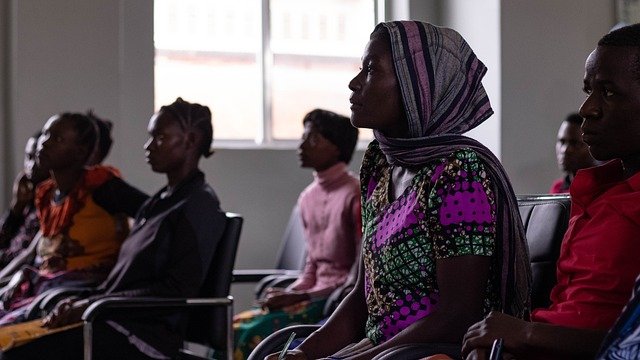Gender Roles and Family Dynamics in Changing Societies
Gender roles and family relationships are reshaped as societies experience cultural shifts, migration, urbanization, and demographic change. Changes in labor markets, access to education and health services, and advances in technology alter how families organize care, economic work, and identity. This article examines how inclusion, inequality, and policy interact with community resilience to produce diverse family forms worldwide.

How does culture shape gender roles and identity?
Cultural norms remain a central influence on gendered expectations, determining which tasks are seen as appropriate for men, women, and nonbinary people. Traditions, religion, and media contribute to how identities are formed and transmitted across generations. At the same time, exposure to different cultural models—through migration, education, or globalization—can prompt reassessment of roles within households. This dynamic produces variation: some families adopt more egalitarian divisions of labor, while others reinforce traditional patterns. Understanding local culture alongside broader forces helps explain why similar economic changes yield different family outcomes.
How do migration and urbanization affect family dynamics?
Migration and urbanization change living arrangements, caregiving networks, and economic responsibilities. Rural-to-urban moves often separate extended families, pushing smaller nuclear households and shifting domestic care to paid services or remaining relatives. International migration can create transnational family structures, with remittances altering economic roles and long-distance parenting reshaping emotional labor. Urban contexts also expose families to diverse gender norms and employment opportunities, which can accelerate changes in household decision-making, gendered labor participation, and patterns of partnership and parenthood.
What do demographic shifts mean for inequality and community?
Demographic trends—aging populations, changing fertility rates, and patterns of family formation—interact with inequality to shape support systems. In aging societies, expectations about who provides elder care can reinforce or redistribute gendered responsibilities, often increasing unpaid labor for women. Lower fertility and delayed childbearing affect labor participation and educational choices. Communities with strong social cohesion may adapt more equitably, while those with weaker networks can see rising care burdens fall unevenly across socioeconomic groups, deepening disparities in health, income, and social mobility.
How do labor markets, education, and diversity intersect?
Shifts in labor demand, expanding educational access, and increasing diversity influence gendered opportunities. Greater female participation in formal labor markets tends to change household bargaining and time use, but occupational segregation and pay gaps persist. Education can alter aspirations and norms, encouraging alternative family arrangements and later marriage or childbirth. Workplace policies, such as parental leave and flexible hours, matter for balancing paid work and caregiving. When diversity is accompanied by inclusive practices, it supports broader participation; without inclusion, marginalized groups face compounded barriers.
How do health, technology, and resilience influence households?
Health systems, technological change, and community resilience shape daily family life. Access to reproductive and general healthcare directly affects family planning and caregiving needs. Technology—from teleworking tools to digital health—changes how work and care are organized, enabling new forms of time-sharing and support but also introducing surveillance and precarious gig work. Resilient communities with robust services and networks are better able to absorb shocks, whether economic or environmental, reducing the unequal burden that such events often place on women and other disadvantaged group members.
What role do policy and inclusion play in changing societies?
Public policy and deliberate inclusion strategies can accelerate or moderate changes in gender roles and family structures. Social policies like childcare provision, income support, and equitable parental leave redistribute care responsibilities and influence labor market attachment. Anti-discrimination laws, educational campaigns, and community programs that promote diversity and inclusion support identity expression and reduce stigma. Policy design that anticipates demographic and technological trends, and that centers equity, strengthens community resilience and makes transitions more manageable for families across socioeconomic strata.
Conclusion
Gender roles and family dynamics evolve through interactions among culture, migration, urbanization, demographics, labor markets, education, health, technology, and policy. These forces combine differently across places and communities, producing a wide range of family forms and experiences. Recognizing the complexity and centering inclusion and equitable policy responses can help societies manage change while reducing inequality and supporting diverse identities and resilient communities.





